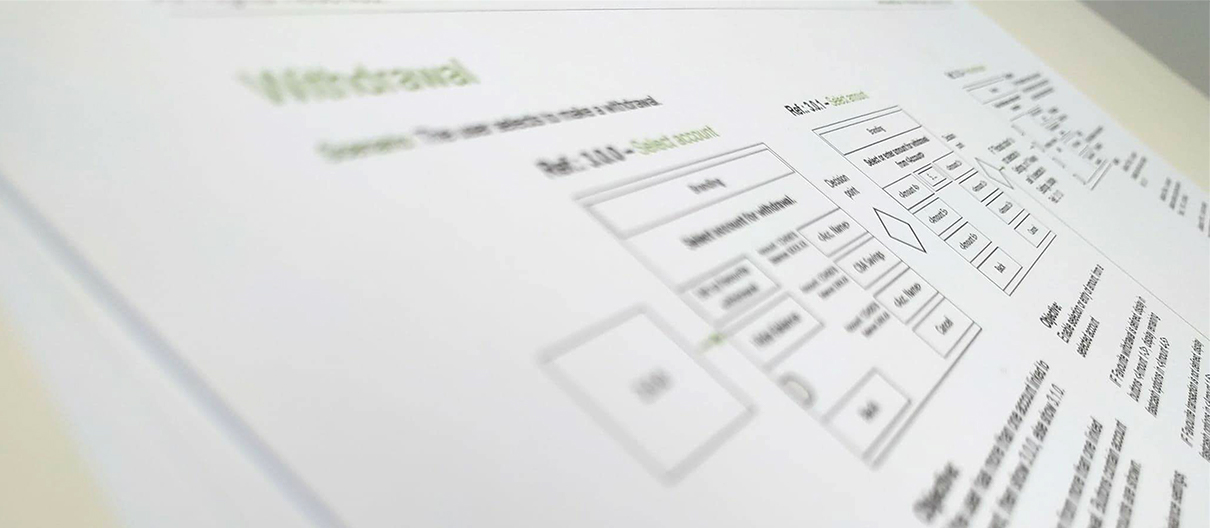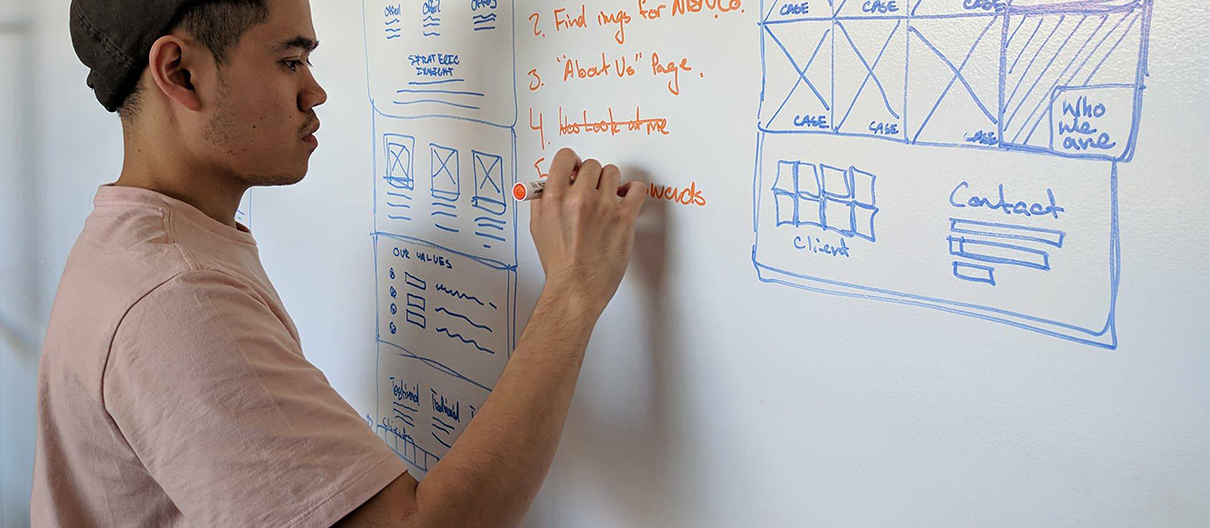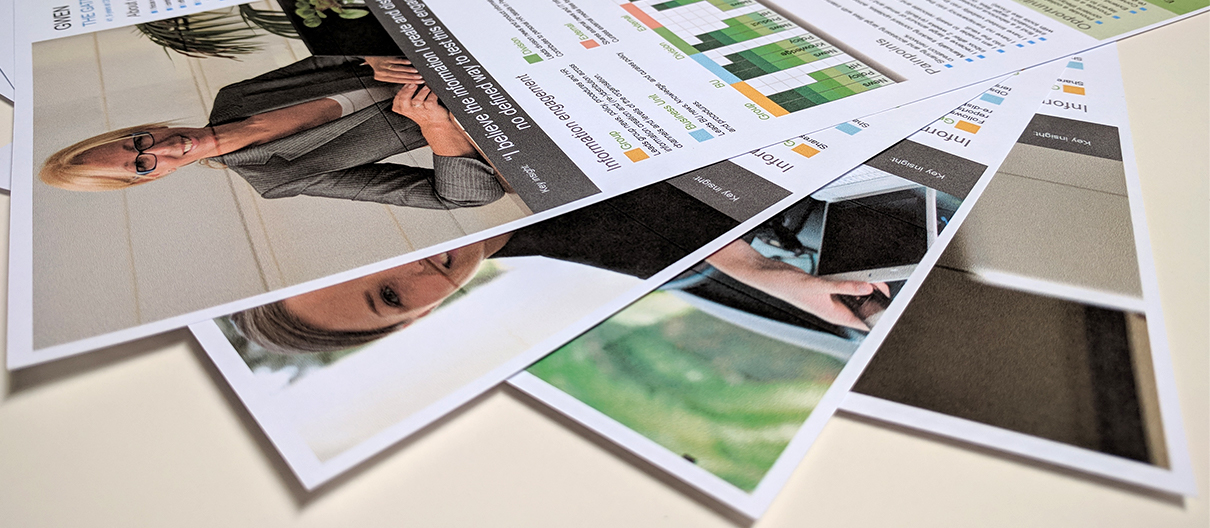Use prototypes to refine and validate ideas
Prototyping to test, refine and validate concepts, ideas and interactions is a human centred approach to design, which focuses on understanding what people want, need and value in a rapid, agile and iterative manner. Think of prototyping as an insurance policy. It ensures you only focus on the solutions that will deliver real value, and it enables your delivery and development teams to focus on building a solution that meets customer needs and expectations BEFORE the solution is delivered. This saves you time and costs on post-launch fixes and ensures your reputation stays intact.
We recommend using prototypes early and often, and can range from low fidelity to high fidelity prototypes, dependent on the stage of concept development. We use prototypes to gain insight into which opportunities will provide the greatest value to the customer and the business, to explore proposed features, functions, and interactions of a product, service or system, and to save the business time and budget before they make costly
decisions and embark on developing the concept or idea.
Prototypes are used as an iterative design tool at key stages of the concept, design and development process. At the outset, the use of low fidelity prototypes builds an understanding of how users perform tasks, informing requirements that are translated into decision-making tools such as scenarios and personas. As the idea or concept becomes more refined, so does the prototype. High fidelity prototypes can be used to test the proposed real-life experience prior to development, this helps to validate solutions and refine interactions. This ensures the final experience the customer has with the product, service or system meets their expectations and is usable, useful and valuable.
Once opportunities have been identified we work with you to prioritise the opportunities, road-map them, and aligning them to your organisations capabilities and direction.
Why create prototypes?
- Provides an evidence base that minimises risk and enables the business to move forward with confidence.
- Removes subjectivity and bias from the design and development decision-making process.
- Results in an end product, service or system that is useable, useful, and valuable.
- Helps the business to quickly make decisions.
- Provides the business with a systematic and repeatable process to identify, validate and develop customer experience opportunities and innovation initiatives.
- Saves the organisation time and costs, accelerates innovation, and reduces time to market.
- Prototypes can be used to validate experiences that span multi-channels, or are specific to one channel, product, service, interaction or touchpoint.
How can prototypes be used?
- To test ideas and concepts before implementation to reduce costs, rework and time.
- To collect requirements and inform the direction of the solution.
- To visualise a concept or idea to build stakeholder buy-in and engagement.
- To communicate the expected outcomes of a lengthy initiative to increase support and focus the team on the end solution.
- To make quick decisions on ideas and concepts using objective, customer-centred insight.
- To identify, validate and develop customer experience opportunities and innovation initiatives.
What are the different types?
Low fidelity prototypes
Low fidelity prototypes made from paper or cardboard are useful tools to rapidly test multiple ideas and concepts. Customers are more willing to provide honest, direct insight when interacting with low fidelity prototypes as they feel they are already unfinished and open to for feedback.
High fidelity prototypes
High fidelity prototypes are made to appear as close to the end experience as possible. This type of prototype is valuable to test the proposed end experience with the customer, and helps identify problems prior to implementation. High fidelity prototypes are also a great internal communicate tool to increase business engagement and help the business envisage the proposed experience solution prior to investing or assigning resources.
Case studies
 ATM insights and UX
ATM insights and UX
User research and participatory co-design methods to create an intuitive and accessible user experience.
 Digital legal experience
Digital legal experience
Research and design of a future state digital online court and e-filing user experience.

